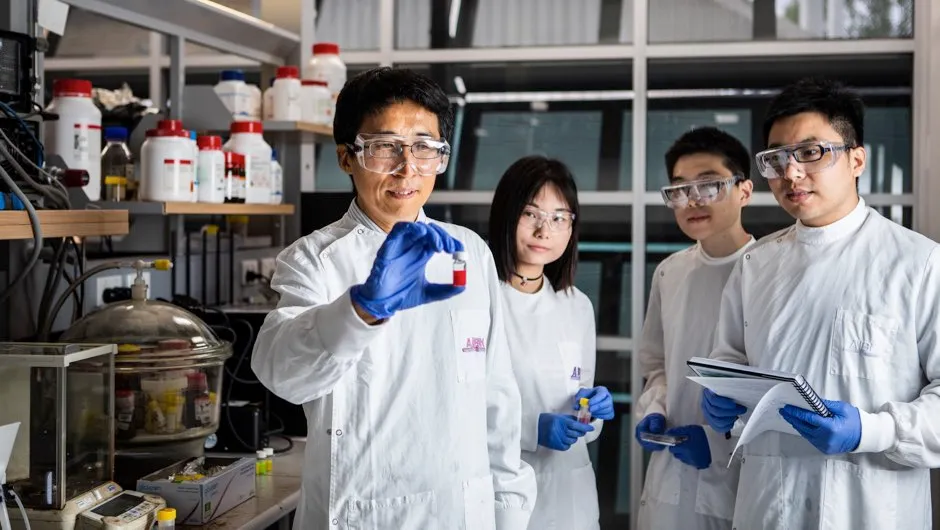- Solar technology 20 per cent more energy efficient and more flexible than traditional solar panels.
- Uses tiny nanoparticles called quantum dots, which are about five billionths of a metre in size.
- Could be used as a skin to power electric cars or applied as a film to windows.
Scientists claim to have developed solar power technology that can produce around 20 per cent more energy in cloudy weather, compared to conventional solar cells.
Researchers say their co-called “British-weatherproof” technology is cheaper, more energy efficient and more flexible than traditional solar panels – and can convert solar energy to electricity in low light conditions.
The team believe their work, published last month in the journal Nature Energy, represents a “significant step” towards making the technology commercially viable and contributing towards global renewable energy targets.
Read more about renewable energy:
- Transparent solar cells could replace office windows
- The Orkney Islands: The energy revolution starts here
- What is the greenest energy source?
Professor Lianzhou Wang, from the University of Queensland in Australia – who led the research, said: “Essentially, we’ve developed solar technology that is British weather proof.
“It can produce energy indoors or even when it is cloudy and wet.
“It is also printable, flexible and transparent – meaning it could be used as a skin to power next-generation electric cars or applied as a film to windows on buildings and homes.”

The technology uses tiny nanoparticles – called quantum dots – that are about five billionths of a metre in size and can be put into liquid form and printed onto surfaces, where they harden to form a flexible layer.
When exposed to solar energy in a solar cell device, these quantum dots pass electrons between one another to generate electrical current.
While conventional solar cells can work under cloudy conditions, Prof Wang said quantum dot solar cells are better at producing energy because they absorb a broader spectrum of solar light compared to conventional solar cells.
He said this makes quantum dot solar cells around 20 per cent more efficient in low-light conditions than conventional solar cells.
Prof Wang also claimed to have achieved a 25 per cent improvement in solar cell efficiency over the previous world record.
He said: “This opens up a huge range of potential applications, including the possibility to use it as a transparent skin to power planes, homes and wearable technology.
“This new generation of quantum dots is compatible with more affordable and large-scale printable technologies.”
Reader Q&A: Do solar panels work better on hot days?
Asked by: Liam Farmer, Birmingham
Surprisingly, they perform worse as the temperature rises! Solar panels work by using incoming photons to excite electrons in a semiconductor to a higher energy level. But the hotter the panel is, the greater the number of electrons that are already in the excited state. This reduces the voltage that the panel can generate and lowers its efficiency.
Higher temperatures also increase the electrical resistance of the circuits that convert the photovoltaic charge into AC electricity. Modern hybrid solar panels are designed to suffer less from the heat, but they can still lose 10 per cent of their rated efficiency on hot days.
Read more:
